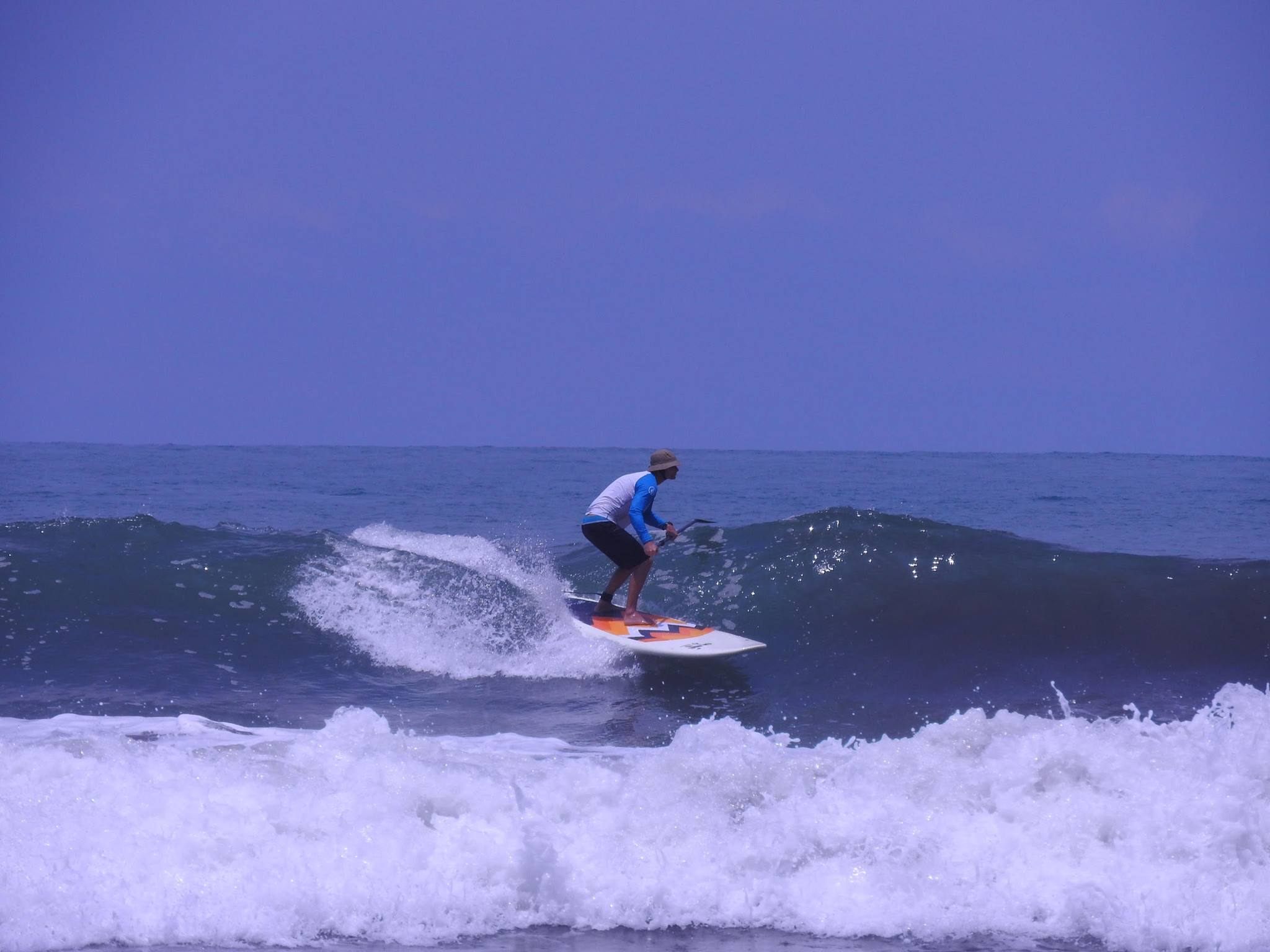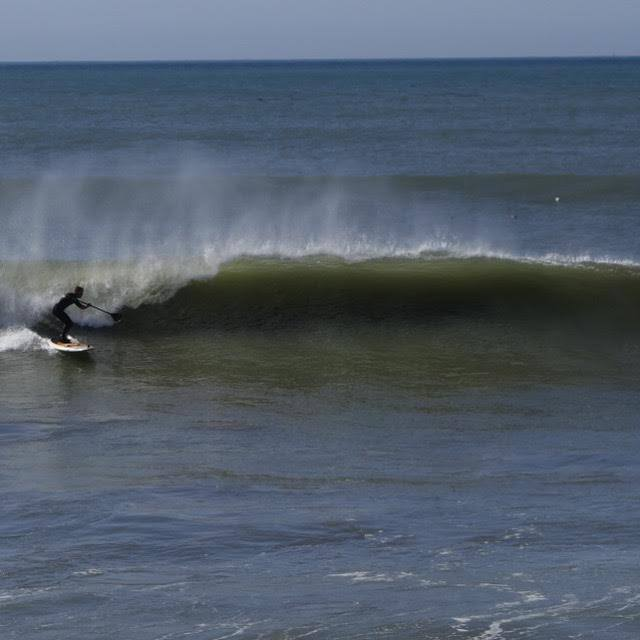
Catching Waves: A Beginner's Guide to Stand Up Paddle Board Surfing
Follow these SUP surfing tips on your stand up paddle board and you will be hanging 10 in no time.
Introduction to Stand Up Paddle Board Surfing
Stand Up Paddle Board (SUP) surfing is an exhilarating water sport that combines elements of surfing and paddle boarding. Paddlers stand upright on their boards and use a SUP paddle to propel themselves, catching waves much like traditional surfing. This sport offers a unique perspective and experience on the water, making it increasingly popular among water sport enthusiasts around the globe. Whether you choose an inflatable paddle board for portability or a solid paddle board for performance, there's a board out there for everyone.

Differences between Traditional Surfing and SUP Surfing
Traditional surfing and SUP surfing may share the thrill of riding waves, but they are distinct in several ways. One key difference is the vantage point; standing up on the paddle board gives surfers a better view of incoming waves, allowing for early adjustments and improved wave selection. Additionally, the use of a paddle in SUP surfing offers increased mobility and control, enabling you to catch waves that are harder to reach with traditional surfing.
In terms of equipment, SUP surfing requires a paddle and a larger board, which adds an element of stability but also presents new challenges. Balance and coordination become even more crucial in SUP surfing due to the added task of paddling while standing. Inflatable boards will work, just don't try surfing a touring board as they are too long and you will find yourself nose diving. Most paddle board surfers choose a fiberglass paddle board and a lightweight carbon fiber paddle.
Skills Required for SUP Surfing
Paddle boarding skills are fundamental for SUP surfing. Beginners must be comfortable with paddle strokes, board balance, and foot positioning. Maneuvering in wave conditions requires practice and confidence, but the payoff is an exhilarating ride that combines the tranquility of paddling with the adrenaline rush of surfing.
Moreover, understanding wave dynamics, ocean currents, and timing is crucial. Like traditional surfing, SUP surfers need to read the waves, position themselves correctly, and time their paddle strokes to successfully catch a wave.
Recommended Gear for SUP Surfing

When choosing a SUP board for surfing, stability and maneuverability are key factors. Many beginners prefer wider boards for increased stability, but advanced paddlers might opt for narrower boards for agility. The choice between inflatable and solid boards depends on factors like portability, storage, and personal preference.
Essential accessories include a quality adjustable paddle, preferably made of lightweight carbon fiber for efficiency and durability, and a leash attachment point for safety. Removable fins can help with maneuverability and control in the surf. Also, a manual or electric pump is needed for inflatable SUPs. Regardless of your board choice, a repair kit is a must-have for unexpected damages.
Safety First
Safety is paramount in any water sport. Always wear a personal flotation device (PFD) and use a leash to ensure the board stays within reach if you fall off. Beginners should start in calm, flat water before venturing into the surf. Never go alone and always inform someone about your paddling plans.
Best Global Locations for SUP Surfing
Hawaii, the birthplace of SUP surfing, offers fantastic spots for all skill levels. Other renowned locations include California's surf-rich coastline, Australia's Gold Coast, and Portugal's rugged western coast. For flat water paddle boarding alongside the potential for surf, Bali and Costa Rica offer a perfect blend of conditions.
Advanced SUP Surfing: For the More Experienced Paddlers
Once you've mastered the basics of SUP surfing, you may want to explore advanced techniques and equipment. Experienced paddlers often gravitate towards shorter boards, as they are more maneuverable and provide a more dynamic surfing experience. However, these boards are less stable and require excellent balance and paddle skills. Also, boards with a planing hull are great for catching and riding waves. You might want to try a board with a displacement hull for long distances when the surf is less intense.
Adapting to Different Environments
SUP surfing is not confined to the ocean waves. Many enthusiasts enjoy catching river waves or even riding tidal bores. These environments present unique challenges and opportunities, and they can be a fantastic way to explore inland waterways. The key to success in these different settings is understanding the local conditions and adapting your equipment and technique accordingly. Whether you're surfing on a longboard in a Hawaiian swell or navigating a river rapid on an inflatable SUP, the principles of balance, control, and wave reading remain the same.
Final Thoughts

SUP surfing is a thrilling and accessible way to enjoy the ocean. It offers a unique blend of paddle boarding tranquility with the exhilarating rush of surfing waves. With the right skills, gear, and safety precautions, anyone can enjoy this exciting water sport. Remember, it's all about balance, coordination, and having a great time on the water! Always respect the ocean, and don't forget to take lessons if you're a beginner.


